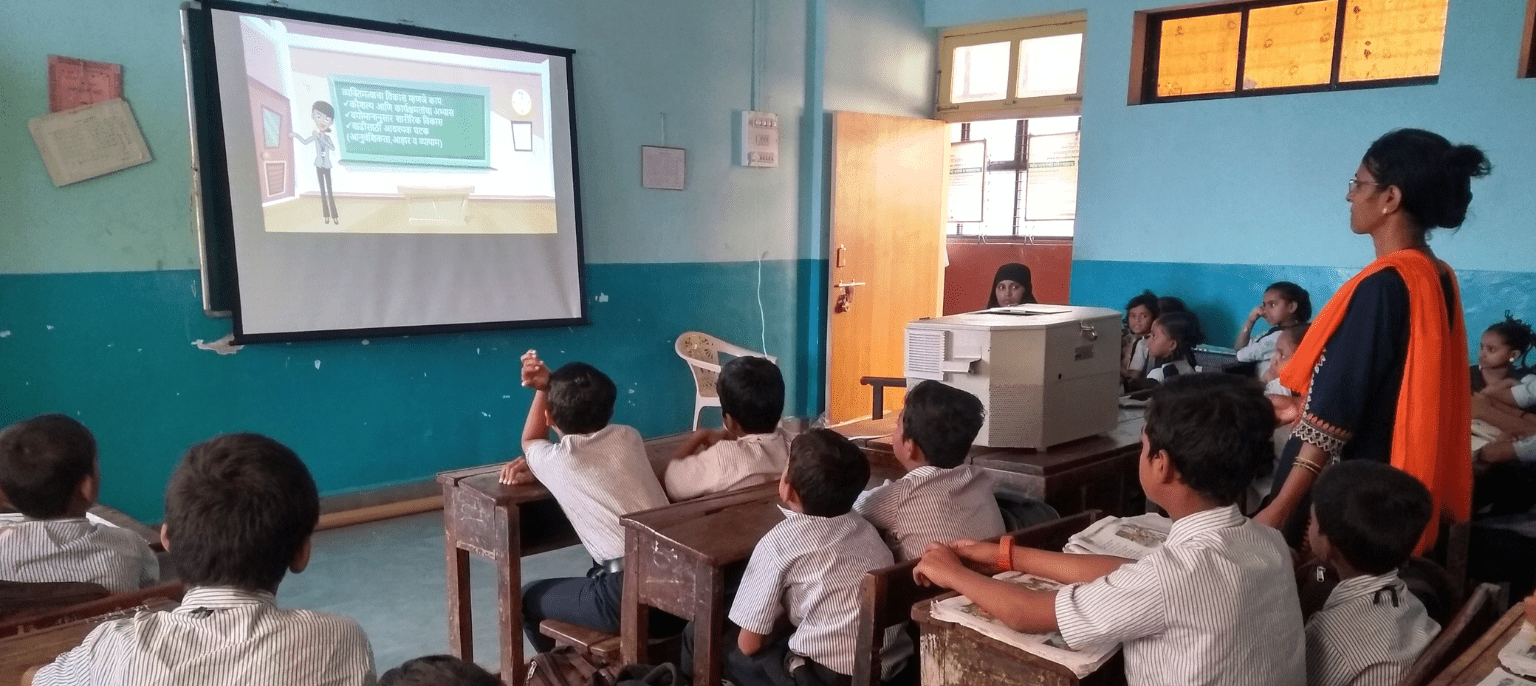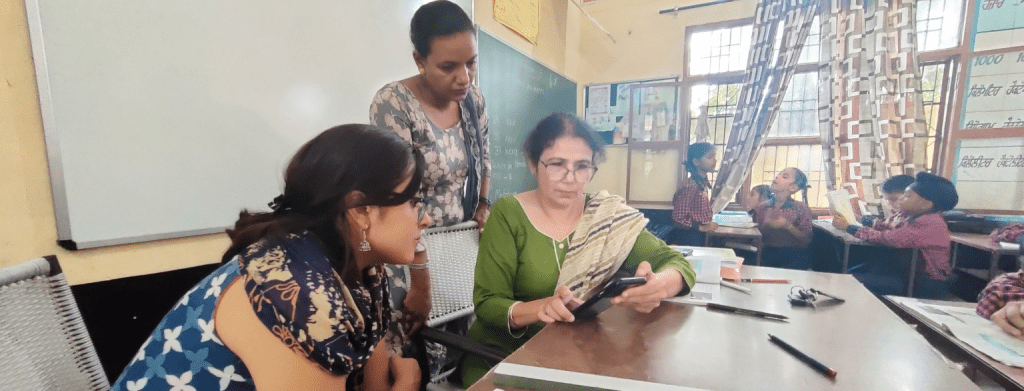India is home to 1.5 million schools, most of them are government schools. If you are not in the education space, you may have this perception that these schools are underperforming, not well managed and don’t hold great value. Otherwise, you might be someone who believes in the potential of these schools, but are just not aware of the good improvements that are being made on a daily basis in them. Our perception and opinion and action are strongly based on visuals/imagery. The minute someone says the Indian education system, there is a greater chance that you must visualise a government school in your mind and accordingly come to certain opinions.
Having been in the education sector for over 5 years now I have had the unique opportunity to witness many of these government schools in action and three things stood out to me. First, there are many amazing improvements happening in many of these schools on different levels. Second, they are all unique and context based. Third, these improvements are not visible beyond their schools and here I am not talking about the idea of being visible to other schools, but even within the community living around the school.
Why am I talking about all this now? As part of the second year anniversary of NEP 2020, the Ministry of Education launched an interesting initiative called Vidya Amrit – an initiative to acknowledge the several micro improvements in education. An idea that we at ShikshaLokam have spent years understanding, evangelising and orchestrating for.
Our Government schools are a representation of the India community setup. If you closely observe these are schools that are setup in defined clusters, wards, villages across the country. By the nature of the interactions that these schools enable, perhaps they are one of those unique entities that have a sense of connection to all in a community- educators, children, youth, parents, government etc. Therefore improvements in schools are a representation of improvements in communities.
What a powerful narrative that is for the country!
Recognising improvements in government schools is pivotal and the need of the hour. There are several reasons why:
- Its rooted in context
Indian diversity needs to be addressed keeping context in mind. Schools are unique from one another. These improvements are derived by the needs of the context. These improvements just validate the idea of context driven action. - They are agency based
Continuing from the first point, these improvements celebrate the idea of agency. More often than not, these are improvements led by leaders who have gone beyond their routine, they have taken the agency to solve in a creative and collaborative manner. They may not have necessarily waited for a top official to direct them to change. Imagine every citizen is taking agency driven initiatives to change their community. Schools are already doing this. - Unique opportunity to appreciate a community as a whole
As the famous quote says “it takes a village to raise a child”, these improvements in schools are a result of collaboration. By recognising these improvements we are acknowledging the unique power and importance of Indian communities. How often do we find such an occasion? - It creates a healthy sense of peer pressure between schools
Despite the numerous efforts taken by government schools, we are still away from our goal. By starting this narrative on school improvements, we’ll be able to orchestrate an organic sense of competition between schools to get better. Meeting spaces, circulars, training will see conversations around improvements. What better way to solve such complex problems?
What we have with us is a unique opportunity as a country to flip the visual narrative of our public schools. An opportunity to make everyone visualise a government school improving, the minute we talk about the Indian education system. This is only possible if everyone participates in this narrative building process.
If you are not in the education space, what can you do? A few simple ideas –
- Visit a government school nearby
Never seen a government school? Just visit one! Ask the school leader and teachers about what’s going on in the schools- their challenges, struggles etc.
Feel the learning environment for yourself. - Take pictures of improvements and post them
Like we were discussing, visuals matter. When you visit a school and witness something amazing, with the permission of the school, take pictures, vidoes, interviews etc. Post them on social media, circulate in whatsapp groups, start a hashtag, Fill the digital world with images of schools improving!
- Appreciate school leaders
Wherever you get a chance, whenever you get a chance talk about the school leaders and teachers that have influenced you. Make their efforts and their personas as widely talked about as a politician, entertainer, sports star. - Let the government schools know about DIKSHA Projects
This might sound very operational, but this could help in the long run. Most government schools are using the DIKSHA app for their learning activities. Not all stakeholders know that there is an interesting capability in DIKSHA which allows them to create and track projects. Next time you visit a school, ask them about this, share more information and enable them to make improvements effectively. - Get involved in the improvements
Find opportunities to contribute to the school improvement story! Take part in meetings, help them raise money, paint the school, take a class, crowdsource books etc.
Do whatever you can and inspire others to do the same!





